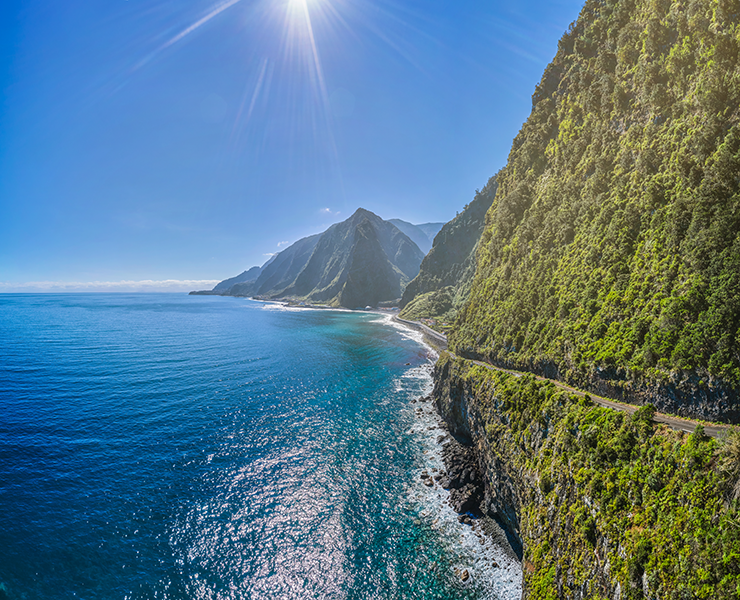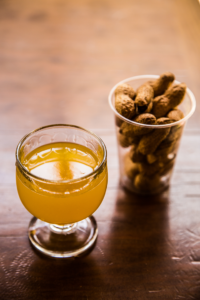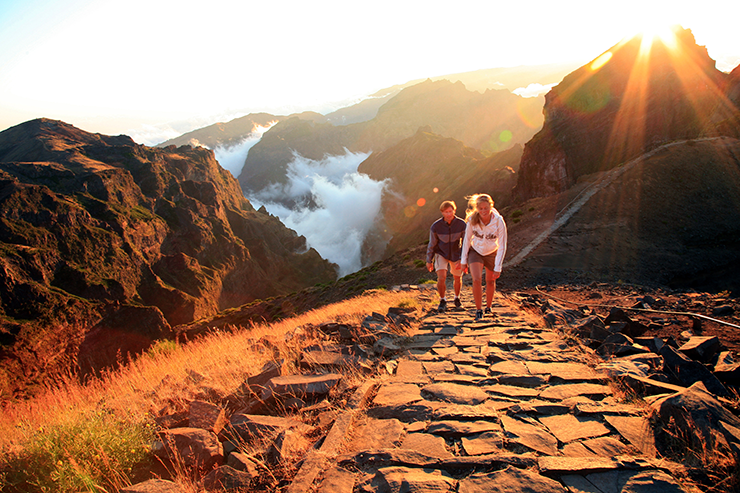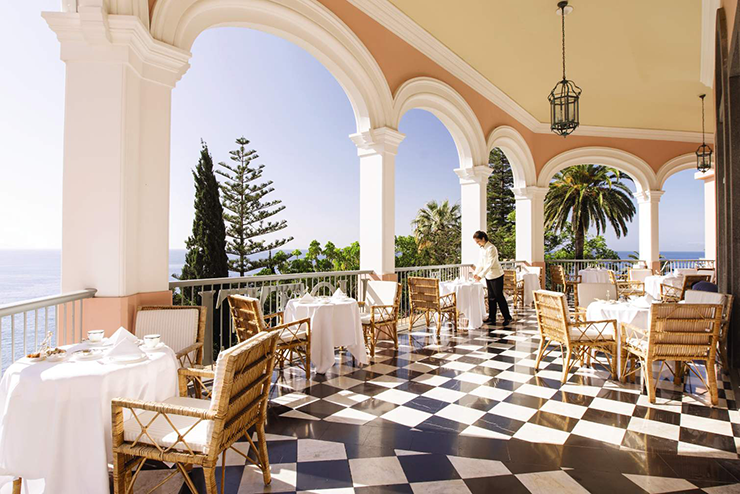A visit to the world’s top island destination
By Suzanne Morphet

Of all the islands in the world, who would have guessed that tiny Madeira, best known for its fortified sweet wine, would become the world’s leading island destination?
Yet for seven years running, it has beat out higher-profile islands like Hawaii, Fiji and Seychelles in the World Travel Awards, considered the “Oscars of tourism” by the travel industry.
About two hours by plane from Lisbon (Madeira is an autonomous region of Portugal), this volcanic island in the Atlantic doesn’t even have natural sand beaches.
So what’s the draw?
Partly, it’s the other natural assets—mountains, forests and sea. And partly, it’s because Madeirans have (to borrow from the French) the savoir faire to look after their guests. As they should; they’ve been welcoming tourists for almost 300 years.
European visitors first came in the mid-18th century to be cured of tuberculosis while convalescing in the island’s sub-tropical climate. Soon, writers and aristocrats, poets and politicians followed, relaxing in stylish hotels such as Reid’s Palace, where Winston Churchill wrote his memoirs and George Bernard Shaw learned to tango.
Even during the pandemic, tourism has continued to evolve, with younger, more active visitors arriving, attracted by outdoor adventures from canyoning (exploring canyons by rappelling and jumping) and coasteering (traversing a rocky coastline by swimming and jumping), to mountain biking and surfing.
What grabbed my attention when I visited were the almost unparalleled opportunities for walking.
First, there are the levadas. These are stone channels built by hand beginning in the 15th century to transfer water from the wet side of the island to the dry side. This vast network is still used today and running alongside each of them are footpaths open to anyone.
Then there are other trails that locals created to get around on foot long before roads were built, including shepherd’s trails.

“Imagine a big grid over the island,” says Fabio Castro, who traded his desk job to become a certified mountain guide, as we follow a well-trod trail one misty morning. “Trails crisscross it.”
Some trails lead hikers to the highest point on the island, Pico Ruivo, at 1,862 metres. Other trails and levadas cut through the Laurisilva—a laurel forest so rare it’s been given UNESCO World Heritage status. The mature, ecologically rich forest is the largest surviving laurel forest in the world.
Fabio says there are 5,000 kilometres of trails altogether on Madeira, including 3,400 kilometres along levadas.
“You could do 10 days of hiking, staying at different hotels and mountain huts each night,” he adds.
My half-day hike with Fabio began along a levada high above a valley dotted with red-tiled houses and terraced farm crops, including sugarcane, once the economic engine of Madeira.
Turning off, we follow another trail to a ridge with dizzying drop-offs. The green coastline spreads out before us. Mist swirls and dark clouds gather on the horizon. Far below, waves break against the rocky shoreline.

“Smell this,” says Fabio, breaking my nature-induced reverie. “Does this smell like mojitos?”
It’s mint, of course, and it thrives in the island’s rich soil, along with a Noah’s ark of plants that sailors brought from every corner of the planet during the Age of Discovery.
“We have dandelions that look like palm trees,” Fabio laughs after I exclaim over the size of the heathers.
Something else that flourishes are grapes, the basis of that famous Madeira wine. A decanter sits on my bedside table at Reid’s Palace, but I didn’t know the story behind it until I went on a walking food and wine tour with Sofia Maul in Funchal, Madeira’s capital.
Sofia tells us that winemakers in the late 15th century couldn’t understand why their wine tasted better after it had spent months on ships at sea, often crossing the equator.
“At first they thought it was the motion,” and they wanted to duplicate the conditions so they could make it faster and cheaper.
“So,” she grins, “you’d have 12 men rocking these barrels backwards and forwards.”
When that didn’t work, they tried subjecting the wine to heat and oxygen. Bingo!
“And this is why you will never find Madeira wine aging in a cellar,” Sofia smiles as we sip three-year-old medium-dry and sweet wine at Blandy’s Wine Lodge, which is housed in a former Franciscan monastery from the 16th century. “It’s always kept in the warmest rooms in the house.”
In the same way tour operators are finding new adventures to keep active guests amused, winemakers are creating new wines.
One day we drive to the north coast to Quinta do Barbusano, a winery named for one of the island’s species of laurel trees. Stone walls divide the steep slope into small terraces, where vines grow on overhead trellises. Sheep graze beneath the still-bare branches, eating weeds and fertilizing the vines with their manure. The grapes are laboriously picked by hand here, just like everywhere else on the island.
Inside the glass-walled tasting room, we sample whites, reds and rosé.
“Our soil is volcanic so it’s normal that this composition is transmitted to our wine,” explains our hostess, noting the acidic tones along with the fragrance of apple, pineapple and passion fruit. Later, she suggests a crisp white to wash down our lunch of salty, smoky espetada—beef skewered on laurel branches, then barbecued.

After lunch I bask in the sun and admire the extraordinary view. A chapel with a clock tower stands out on a distant hilltop, framed by mountains. It’s a chapel Sofia Maul told us about earlier.
“It was built entirely by women,” she had said. “The women promised that if the men came back safe from the First World War, they would build a chapel that could be seen and heard from the whole valley.”
Now that I think of it, it’s not so surprising that Madeira has been repeatedly chosen as the world’s leading island. Madeirans, it seems, can do anything they put their minds to.

For more information, see visitmadeira.com

 Secrets and lives — AND THE 7 SINS with Tara Armstrong
Secrets and lives — AND THE 7 SINS with Tara Armstrong